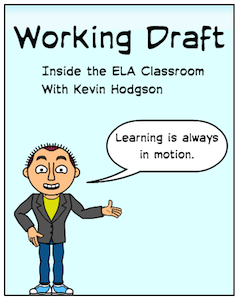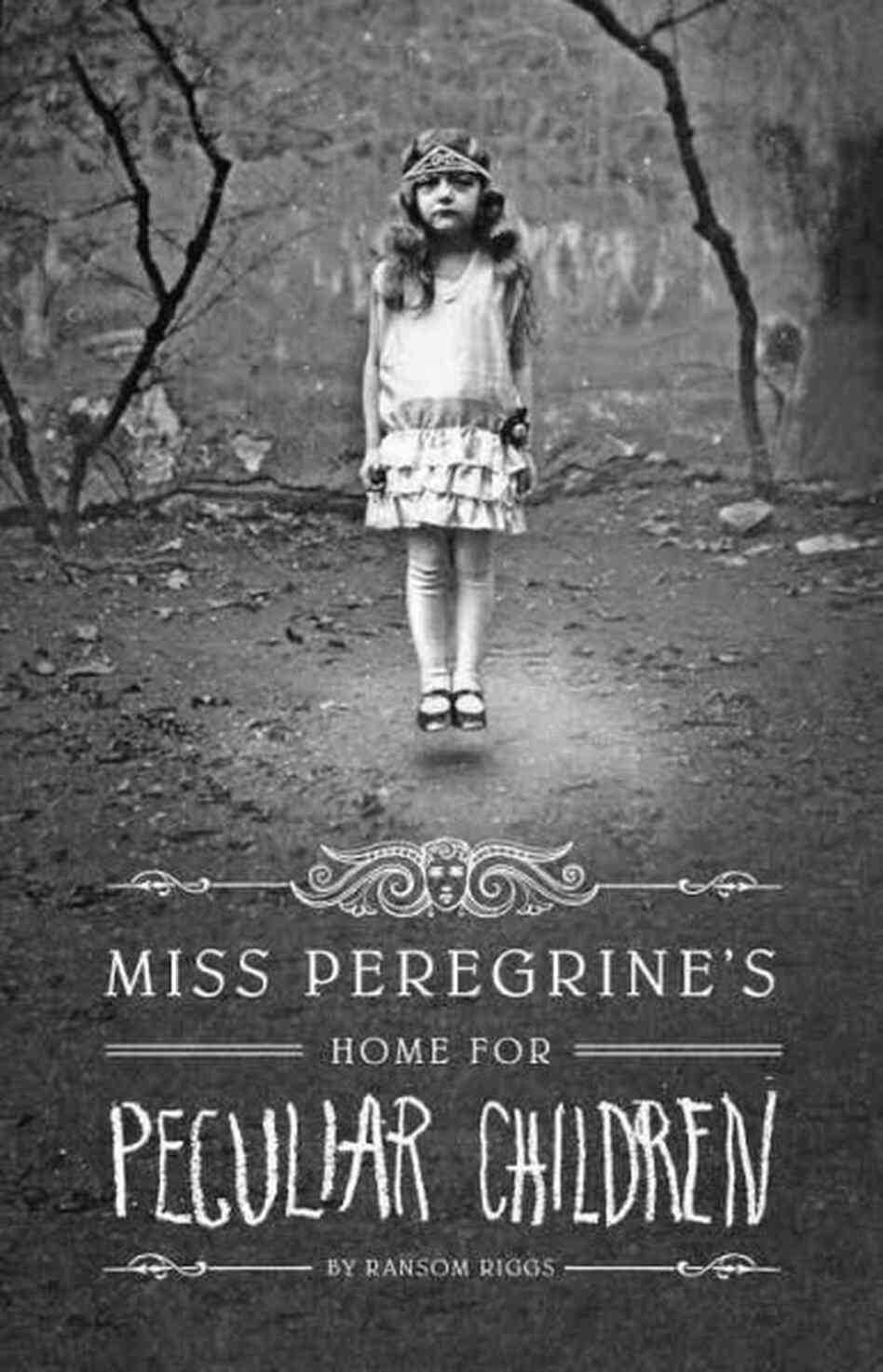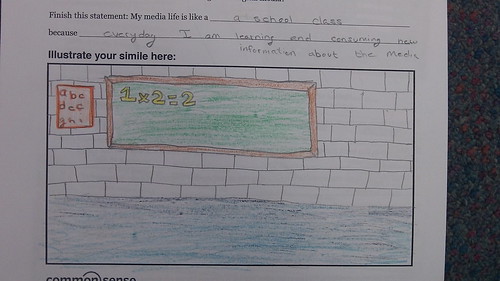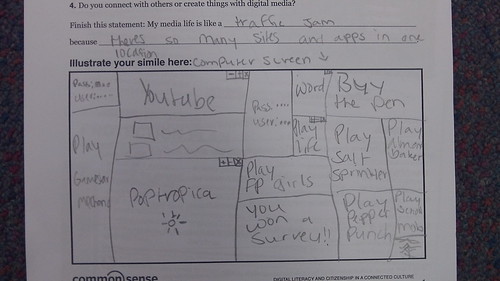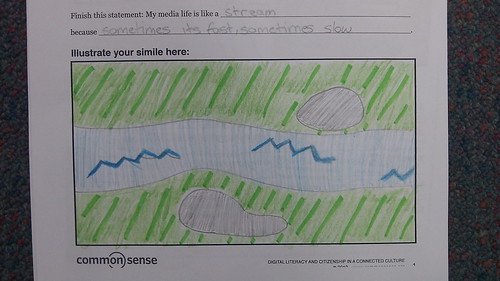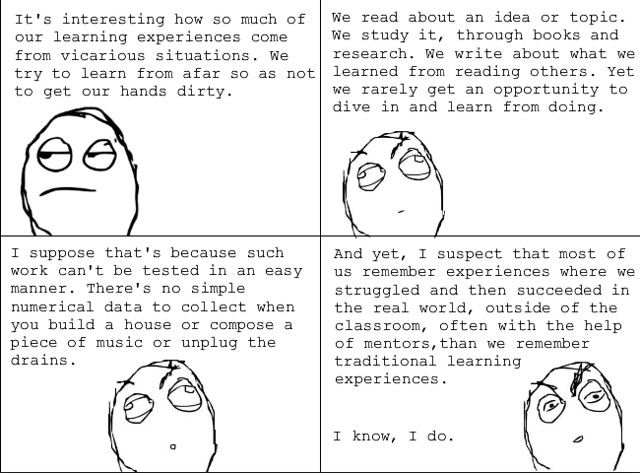
The theme this week over at the Deeper Learning MOOC has been about mentors, apprenticeships, internships and learning in the real world as a part of the learning experience. The DLMOOC Tweet of the Week asked us to remember a time when we were mentored, and two experiences have come to mind. Actually, three.
<start rant> The first idea is not about me but about the school where my wife has taught and is now an administrator. It’s a vocational-agricultural high school, and I don’t know about how it is where you live, but vocational high schools still get a bad rap. Instead of celebrating the hands-on experiential learning, and the internships/co-ops that the students have with local businesses, vocational schools continue to get viewed through the prism of “You can’t make it in the traditional high school so why not go to Voke.” Vocational education is not valued nearly as high as it should be. Take a look at standardized testing. Where are the sections for how to repair your car engine? Or how to clean out the pipes in the bathroom? Or how to install a closet door? When we talk about deeper learning and experiential learning, vocational schools have been paving the way for decades, but are rarely turned to as a model for education. <end rant>
When I saw the tweet from DLMOOC, the first thing that came to to mind for myself was an experience I had a young teenager. I play the saxophone, and music was my main identity during high school. A friend of mine, who was a few years older, was a drummer, and we jammed a lot. He got a job in a Portuguese wedding band, and they were looking for a horn player. I got hired, even though at age 15 I had no idea about playing Portuguese music, had little experience with any wedding music, and … to be frank, I was completely out of league. I could read music fine and I could noodle around on solos a bit. But I was not a “wedding band” musician. Still, the singer wanted me to succeed (the guitar and bass players did not want me there) and he began my quick immersion into Portuguese culture and music, keeping an eye on me and encouraging me when I needed and pulling me aside for private conversations when required (a lot, unfortunately). I lasted four gigs (and made about $100) and then I was asked to leave. I didn’t regret it, nor was I too sad about it. I never got the feel for Portuguese wedding music (the food rocked, though). But the uncomfortable nature of the experience and the guidance of the singer has stuck with me over the decades.
Finally, I want to relay an experience that turns the idea of mentorship on its head a bit. It has to do with Minecraft. Now, I know Minecraft is huge with my students, and it has been for years. Although I do an entire unit around video game design, I am still unable to wrap my head around Minecraft. I know it’s me. I have no idea why Minecraft is such a condundrum. Last year, I asked my students about Minecraft, and one student said, “I’ll show you.” He came in the next day, armed with a flash drive of some Minecraft modules that he had built just for me, and then proceeded to spend his entire recess (and the one after that) showing me how Minecraft works. Frankly, I was more interested in the role-reversal of the situation — my student teaching me — than understanding all that he was showing me (he also talked very fast and “showed” me rather than let me play, but ….). How often do we let our students be the experts and admit that we don’t know or understand something? It was a powerful experience for him and for me, and like playing in the Portuguese band, the experience has lingered.
Deeper learning requires guidance, and mentors, and experiences that move beyond the books and paper and classroom settings. It’s Vygostky and scaffolding in action in the real world. Most of the educational systems where most students spend their days does not build that in. I know mine doesn’t, and it should.
Peace (in the learning),
Kevin
